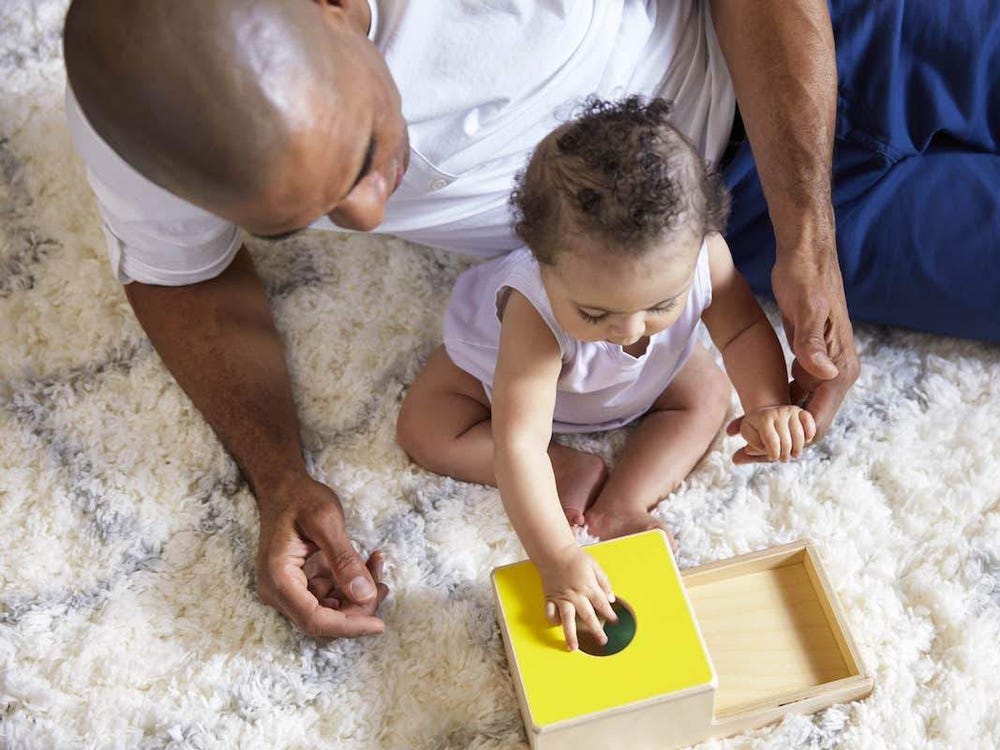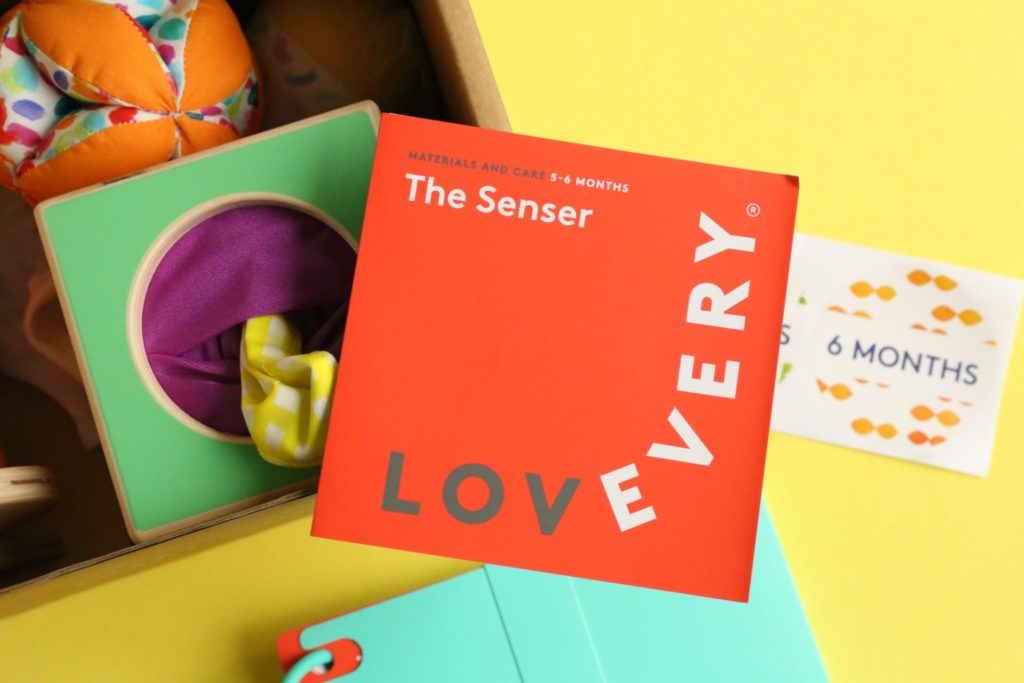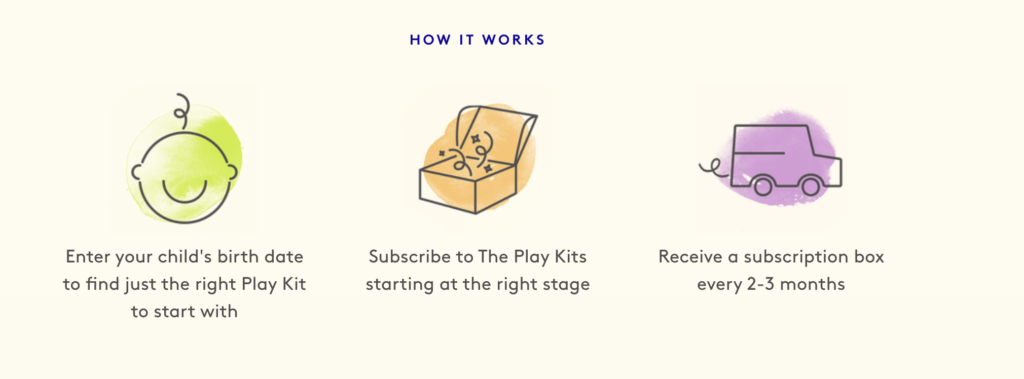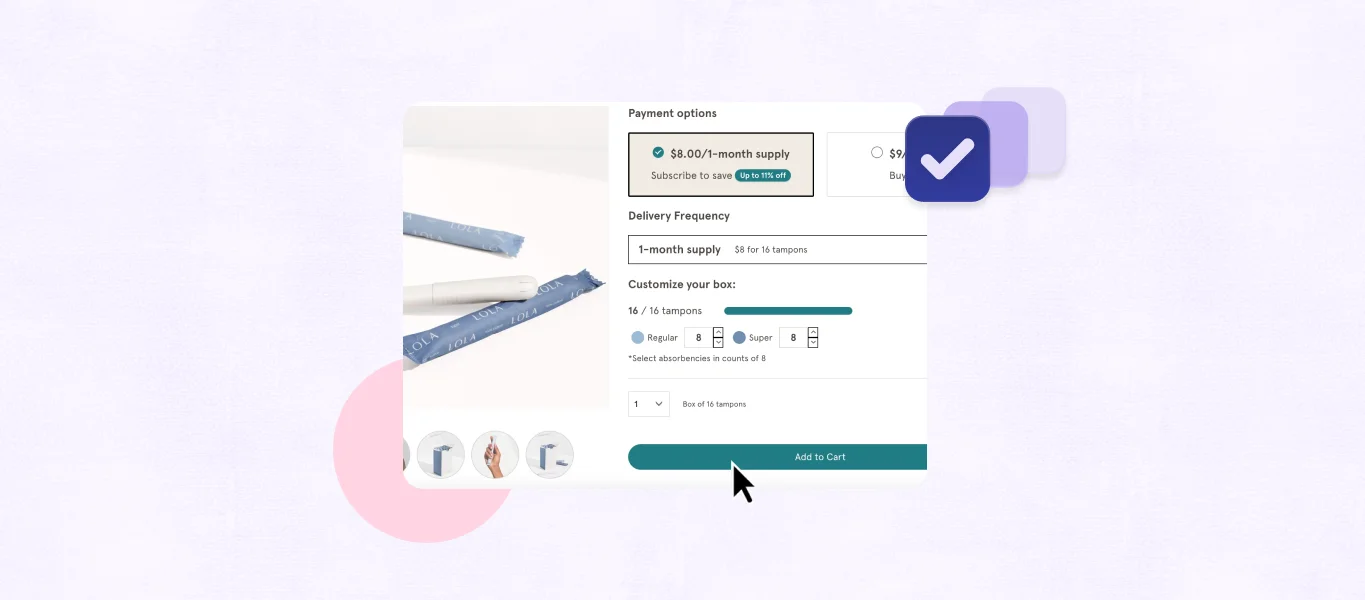When setting out to create a product, improve an aspect of it, or design a marketing strategy for your business, it helps to have science on your side. Testing, iterating, and refining are necessary steps for any process.
Few people believe this more than Rod Morris, Co-Founder and President of Lovevery, a company that makes toys and subscription boxes for babies and toddlers. Designed by child development experts, Lovevery’s products are award-winning and sustainably made. Science was a cornerstone of this brand’s development, and is largely responsible for their massive success.
In our recent interview, Rod shared how investing in data has developed and driven their brand.

Playtime with a purpose
When Rod and his business partner Jessica started Lovevery, they set out to take on the guesswork most parents do when buying toys for their children.
Facing a saturated market of endless options, lots of parents pick out toys with little information or agenda. They see a play house or doll, think “maybe my kid will like this,” and buy it. Maybe the child likes it, maybe they don’t. Sometimes they do for a few weeks and then it gets tossed aside. Randomly selecting children’s toys ends up producing a lot of waste, and it’s also a missed opportunity to strengthen early childhood development.
From a brain mass perspective, 80% of the brain is developed by age three. These early years are a crucial time to expose children to systems and patterns, and doing so produces stronger neural networks. Offering children the right kind of toys, ones that align with these different stages, can set them up for a stronger, healthier future.
As a new parent, Jessica discovered this gap in the market. After reading a doctoral dissertation titled “Current Research Findings on the Neurological Development of Infants” (a little light reading for every new parent), she realized there were expert findings she could put into practice. She started creating toys to align with these brain development stages, and when she shared the idea with Rod, he agreed to join as a co-founder.

Mission first
Lovevery was created to help parents feel confident that they are giving their little ones exactly what they want and need every step of the way. With this defined, intentional aim, the company began to take shape.
For every business owner and leader, mission should matter more than anything else. Having that clear and direct vision for the product and brand aligns everyone. It guides the processes, the plan, and the people.
“You actually simplify decision-making, you bring in people who care about what you care about, it becomes a force multiplier for your whole team when you’re focused on the mission.”
Rod Morris, Co-Founder and President of Lovevery
It’s important to take the time and have the necessary conversations to nail this down. When the mission is shaped, you can use it as a guiding force to lay the building blocks, knowing that every choice is helping you honor and hone your brand.
For example, from the very beginning, Lovevery invested in high-quality photography. They wanted to showcase their toys in the best way possible, and knew that having great pictures would let their amazing products shine. Rod acknowledges that this may seem like a misplaced expenditure. A lot of brands may think they need cash flow before dedicating funds to this area. But to create that successful brand, it has to resonate. And to create that resonance, it takes research.
Science second
Rod and Jessica weren’t making decisions in the dark. As Rod says, “Science matters to us because of the mission of helping early childhood be all it can be.” To truly deliver on their mission, they needed to ground their process in data.
“It all comes back to the science, which comes back to the mission.”
Rod Morris, Co-Founder and President of Lovevery
Rod and Jessica leaned on research for their product development. To create specific toys, they needed to know what children want to learn, and what they need from a toy to do so. Determining this takes real study and testing, so Lovevery worked with pediatric occupational therapists, Montessori educators, speech and language pathologists, and researchers focused on early life cognition. From there, they could confirm clear themes around what children are trying to learn. Then, they crafted products designed to function within those themes.

“We endeavor to build products that make it easy for parents to engage with their child the way the child wants to learn at a very specific time.”
Rod Morris, Co-Founder and President of Lovevery
And the research didn’t stop there. Once products are created, Lovevery also tests them rigorously to make sure they’re fun for the children they’re designed for. Sometimes parents are even surprised by what their children find entertaining, a testament to the value of buying data-backed toys.
Value beyond the product
Consistent with their mission, Lovevery brings new parents value with content. Their product, marketing, and content strategies are all integrated—they deliver exceptional products and relevant, complementary content.
“We really don’t see ourselves as selling a collection of toys. We really are focused on offering up a system,” Rod explains.
More than 400,000 people are subscribed to personalized weekly emails from Lovevery based on their child’s age, full of relevant insights and tips on how to play with their child. Lovevery shares this information with everyone, even people who don’t purchase their products. With open rates of about 40%, Rod knows their content is landing.
“It’s an honor that we can take up people’s time with our content,” he says.
Saving energy with subscriptions
Lovevery has done the research so parents don’t have to. They’ve set out to bring clarity to the toy-shopping process and their model pairs perfectly with subscriptions. Parents sign up for a service that’s designed to grow with their child and guide them every step of the way.
“We’re taking all that cognitive load off, so the parent can, instead, focus on just connecting with their child and allocating time to actually playing with them.”
Rod Morris, Co-Founder and President of Lovevery
At each stage, a child has new needs for brain development and a need for a new toy. Lovevery takes the cognitive load off parents so they don’t have to go to a store looking or log on to pick out the next toy. Parents know that this whole system is nurturing their child’s development, and they can redirect their shopping energy back to spending time with their little one.

The science of success
If you want to offer value to your customers, it helps to validate your ideas. So, grab your lab notebook and jot down these tips to get started.
The value of quality
These days, there are tons of cheap, quick options available for every product. No matter what you’re making, there’s probably a less expensive version somewhere. But does that version last? The brands winning are the ones that create high-quality products. There are tons of toys far cheaper than Lovevery’s, but they’re not necessarily what children actually want, and use tons of plastic.
To develop a quality relationship with your customers, you need to honor your half of the deal. Create the best product you can, with durable, safe, and reliable materials. This may take some testing and iterating to understand what works and what doesn’t. Delivering your customers that quality product will earn their trust and loyalty in the long run.
The customer knows best
Customers can be a great source for both qualitative and quantitative data. Actively seek their feedback with responsive surveys, look at why people return products, and check out reviews about your service. And numbers don’t lie—look at which products are being returned and which aren’t selling. These resources will show you gaps in your strategy, potential areas to improve, and honest assessments that people within your company can’t really give.
As Rod says, “The customer is always going to tell you what you need to know, and then you need to be able to execute on that.”
Testing, testing
Products aren’t created overnight. They take time, rounds, and tweaks to perfect. If you’re looking to launch something new or trying to get insights on a development, see if you can test with your current customers. Since you already have an existing relationship where they’ve bought into your brand, they may be excited to try a new product and willing to share their thoughts. As a company starts to grow, says Rob, “experimentation just becomes more and more important.”
Whether you’re just starting a business plan or looking to scale, there’s a place for science in your strategy. What that looks like is up to you—it can be running experiments with your product, spending time with data, or reading a doctoral thesis or two. Know your mission, what your brand stands for, and the value you want to create. Then, get to testing—and start developing something amazing.
Check out the full interview with Rod Morris, as well as conversations with other industry experts, on our Hit Subscribe podcast.



